
Projects
Hessian scientists of various disciplines are using High Performance Computers for their research.

Hessian scientists of various disciplines are using High Performance Computers for their research.
Displaying 1 - 30 of 109
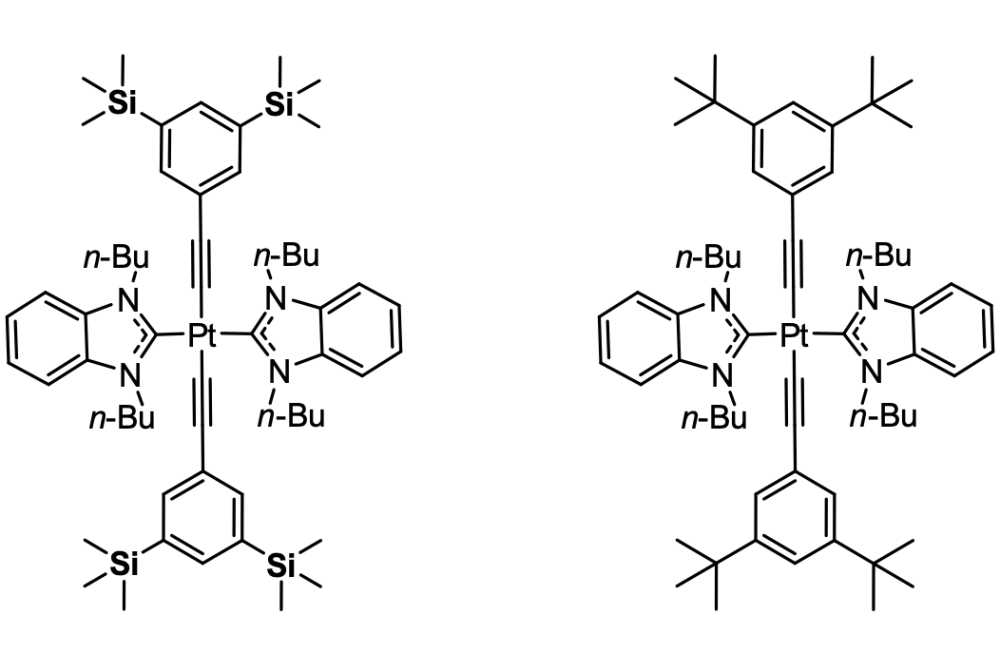
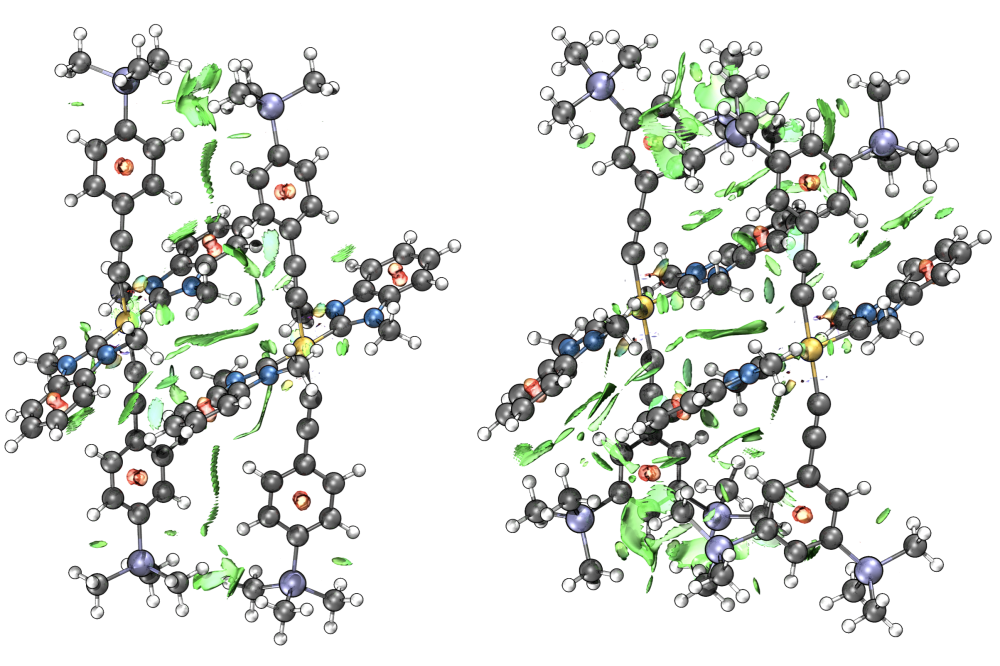
Non-covalent interactions (NCIs) not only govern the structure biomacromolecules such as proteins and DNA, but often ...

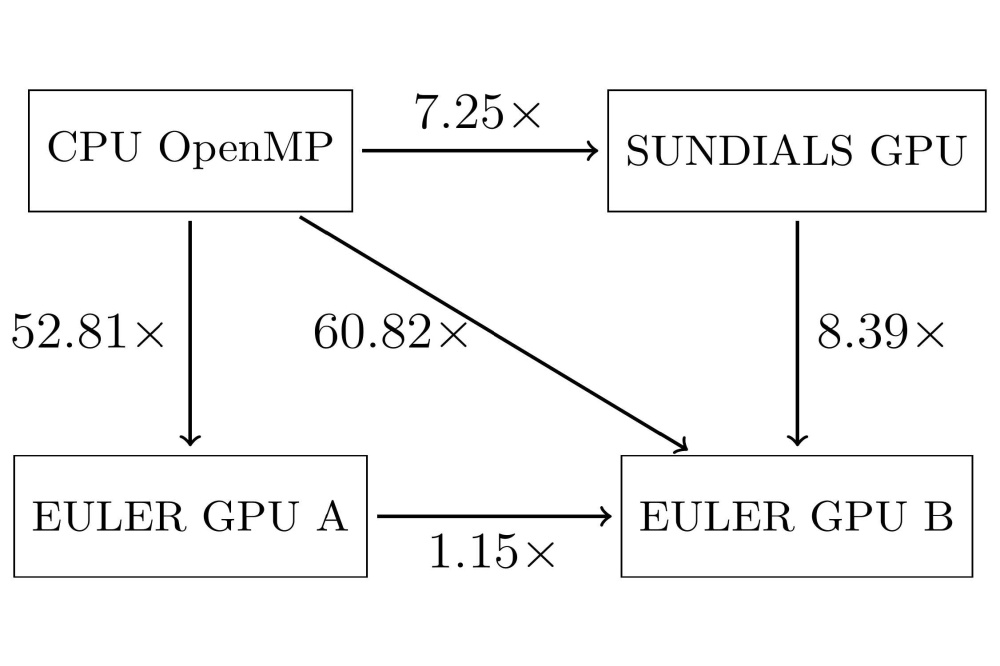
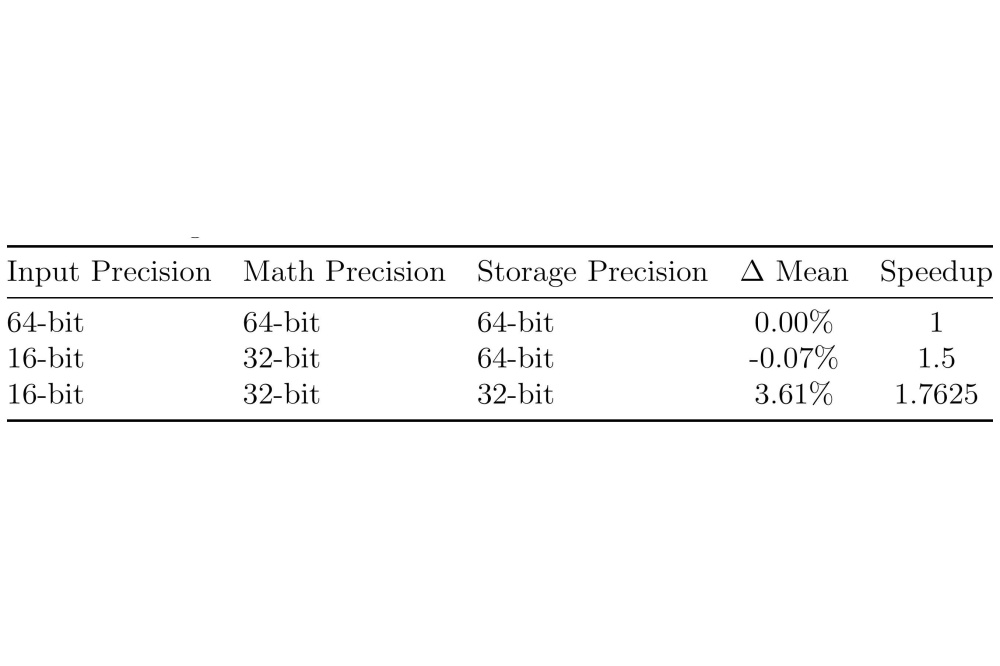
Predicting the lifetime of components designed for very high temperatures is crucial for improving the efficiency and ...

Hydrogen has emerged as a crucial element in the pursuit of decarbonization and the transition to a sustainable energy ...

Azides are omnipresent in organic and inorganic chemical synthesis. They are readily introduced into molecules and allow ...
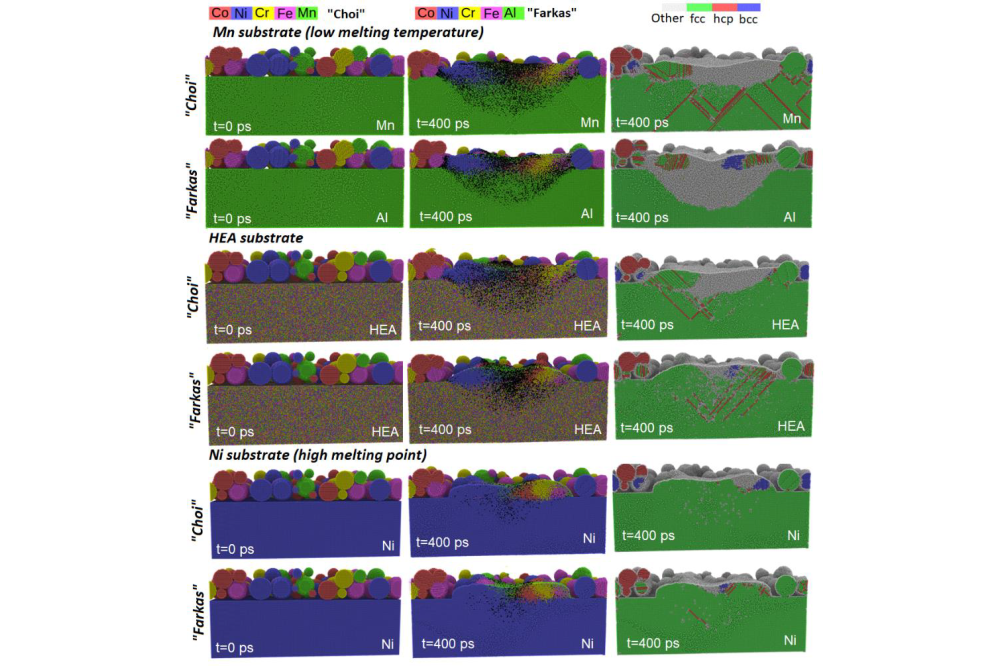
Laser powder bed fusion (LPBF) is an additive manufacturing technology involving a gradual build-on of layers to form a ...

While hydrogen is promising for energy storage or mobility applications, the platinum catalysts often needed to convert ...
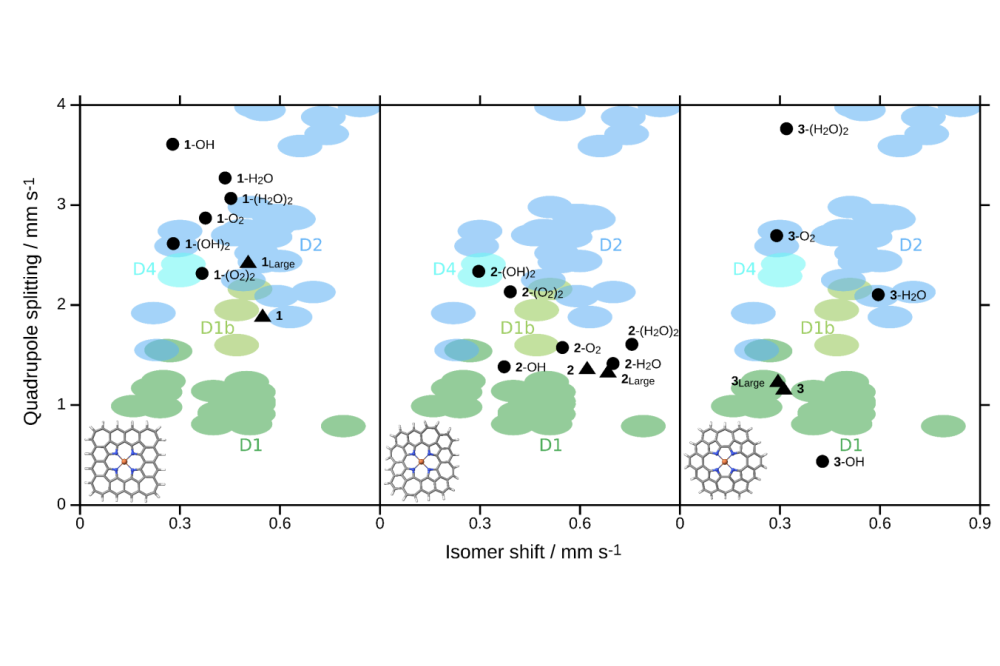
With street traffic being a major contributor to carbon dioxide emission and global warming, alternatives to the ...
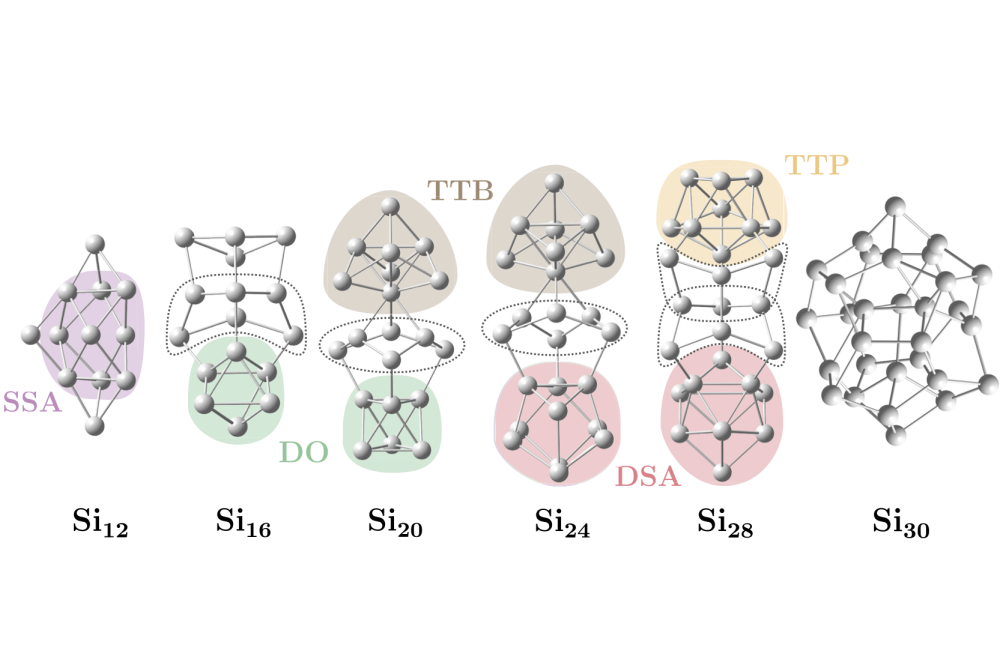
The previous investigation of SnN clusters with N = 6−40 showed that below a clusters size of about 30 atoms, a prolate ...
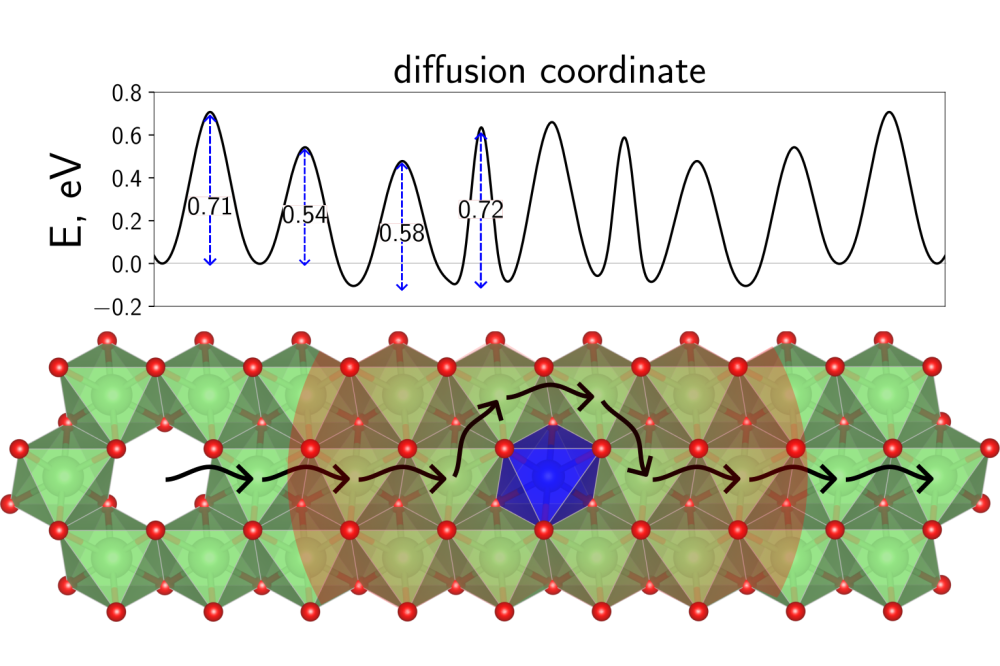
Layered transition metal oxides, derived from the model system LiCoO2, are used as cathode materials in Li-ion batteries ...
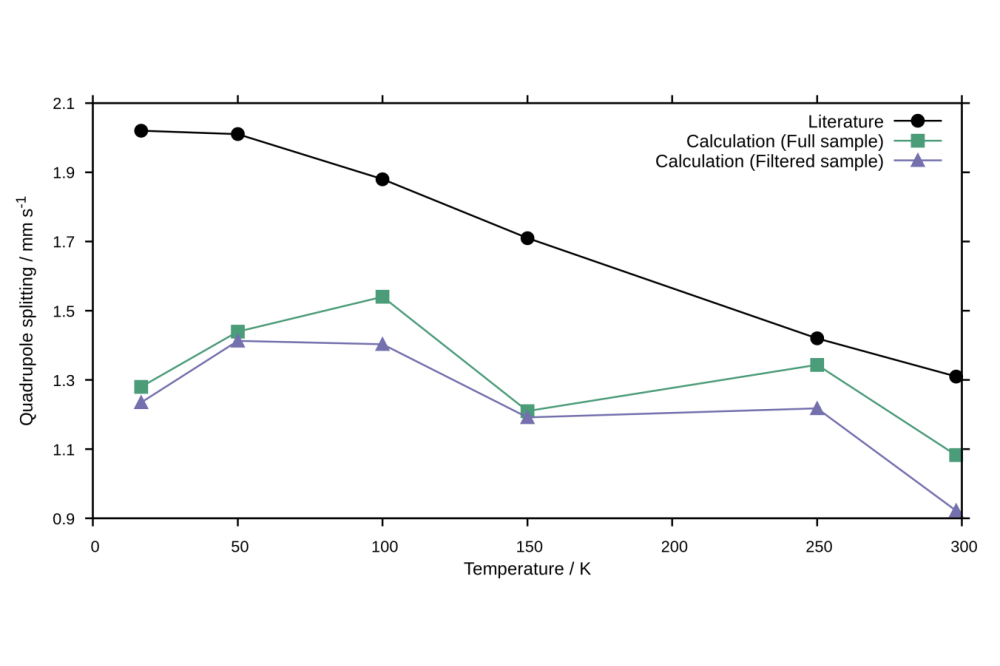
Mössbauer spectroscopy is a powerful tool for investigating iron in molecular and especially amorphous systems. Combined ...
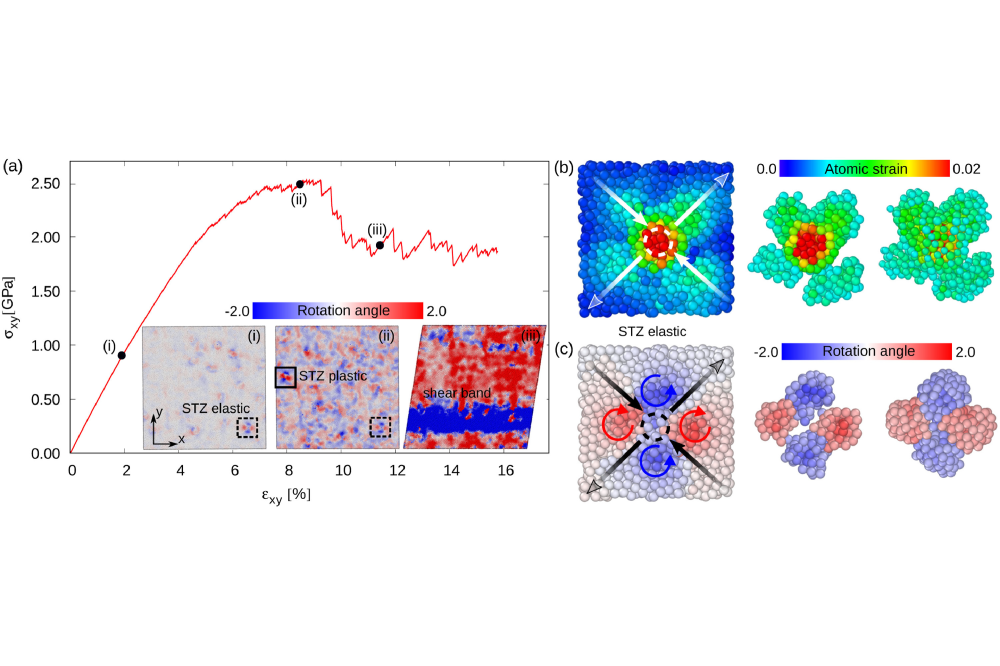
The application of metallic glasses (MGs) is limited by their brittle behavior at room temperature [1]. In order to ...
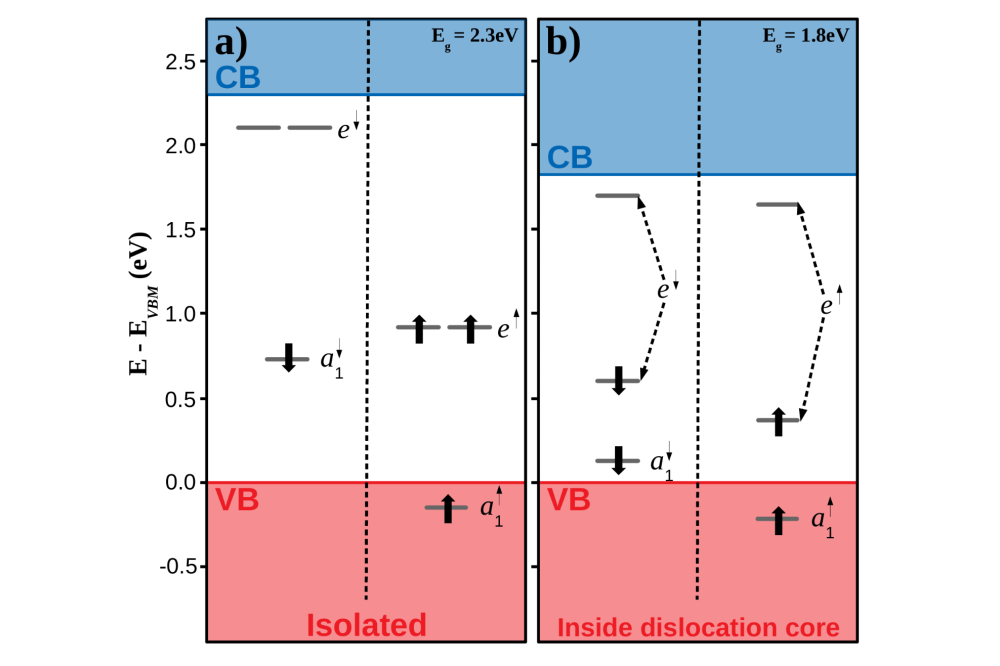
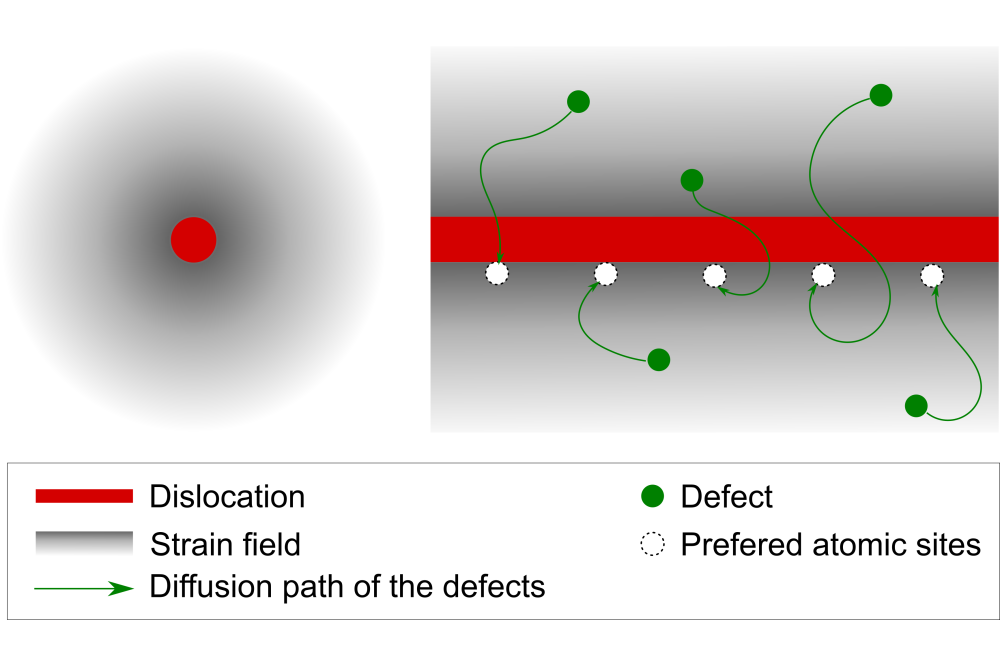
A quantum computer is a device that exploits quantum behavior to solve a computational problem that cannot be tackled ...
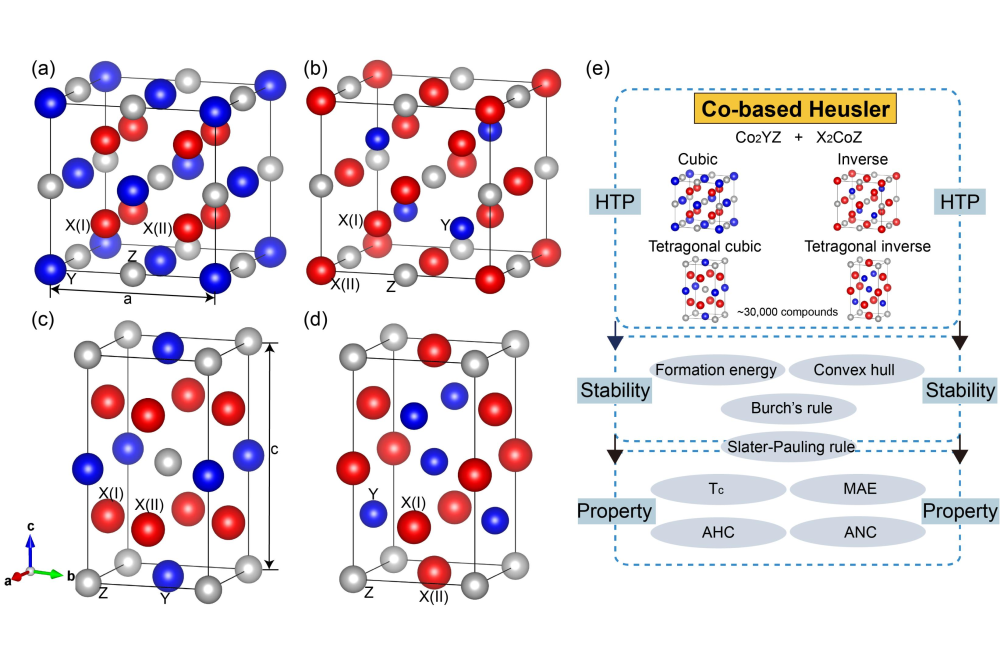
Heusler alloys are a remarkable class of intermetallic materials with a wide spectrum of intriguing physical properties ...
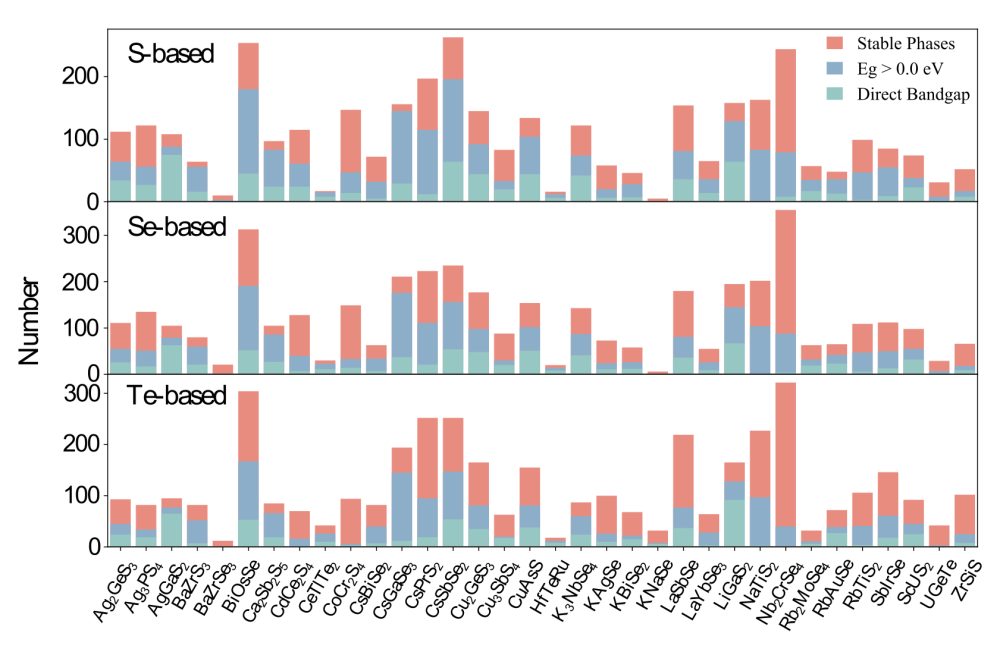
Optoelectronic materials have attracted significant attention owing to the global energy shortage and environmental ...
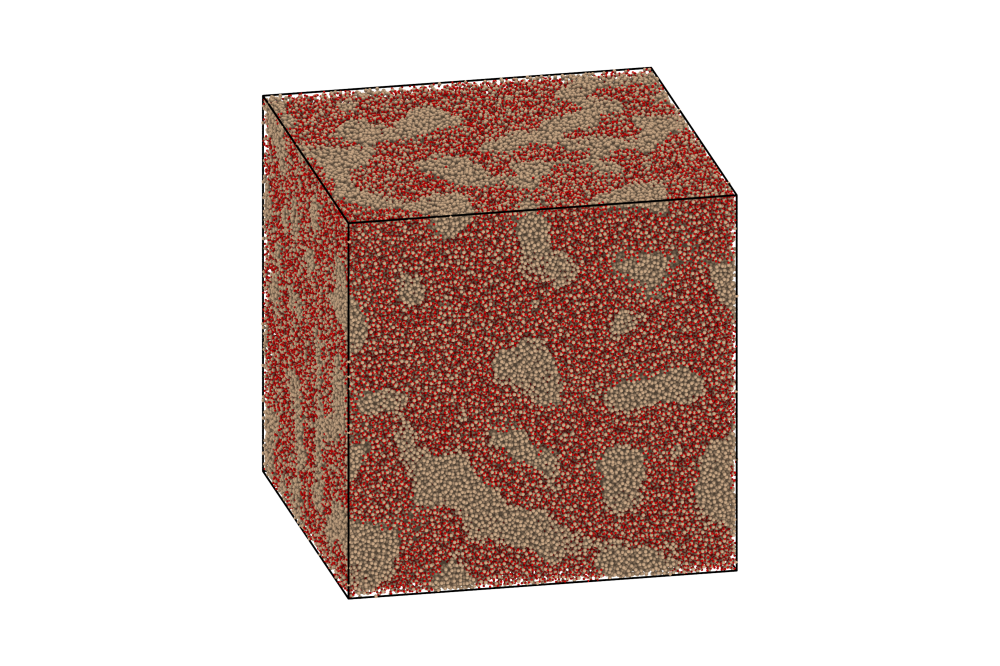
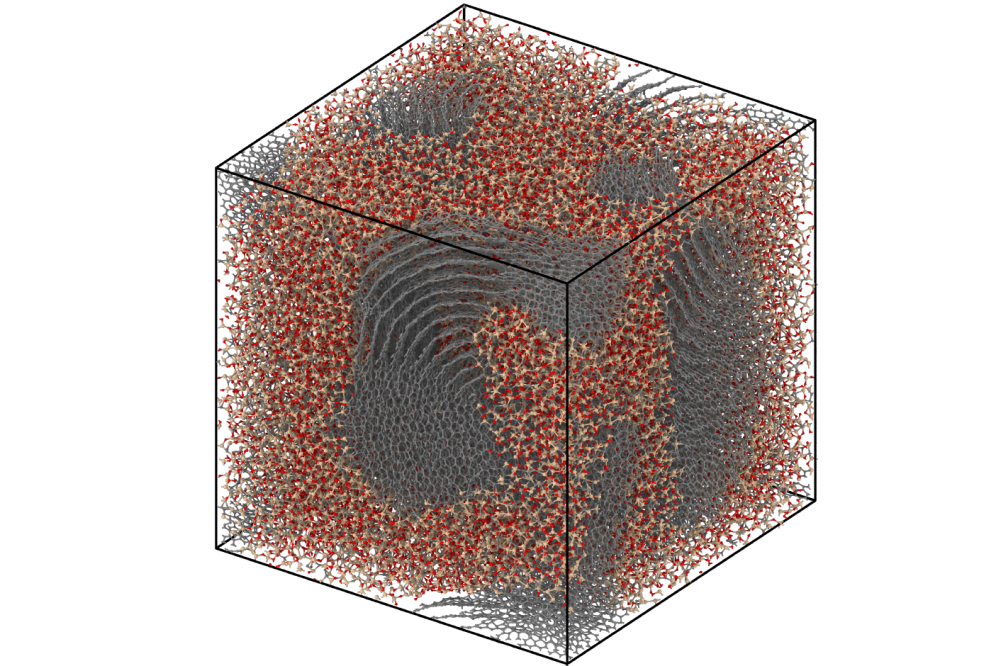
To understand and study complex materials at the atomic level, it is essential to be able to calculate forces and ...
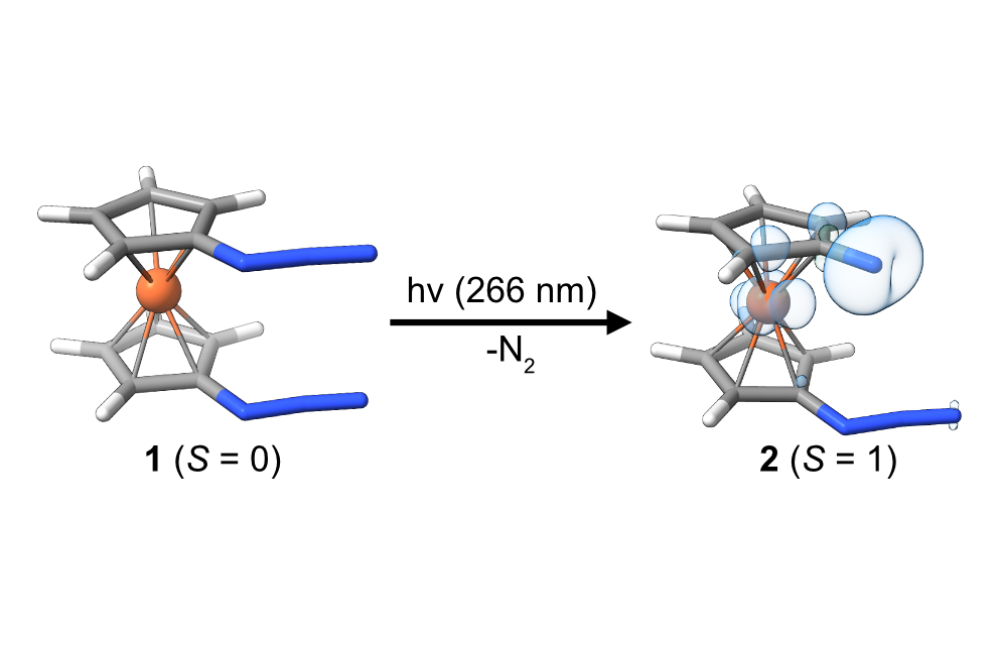
Metal nitrene compounds are highly reactive species with a unique electronic structure. Such compounds are promising ...
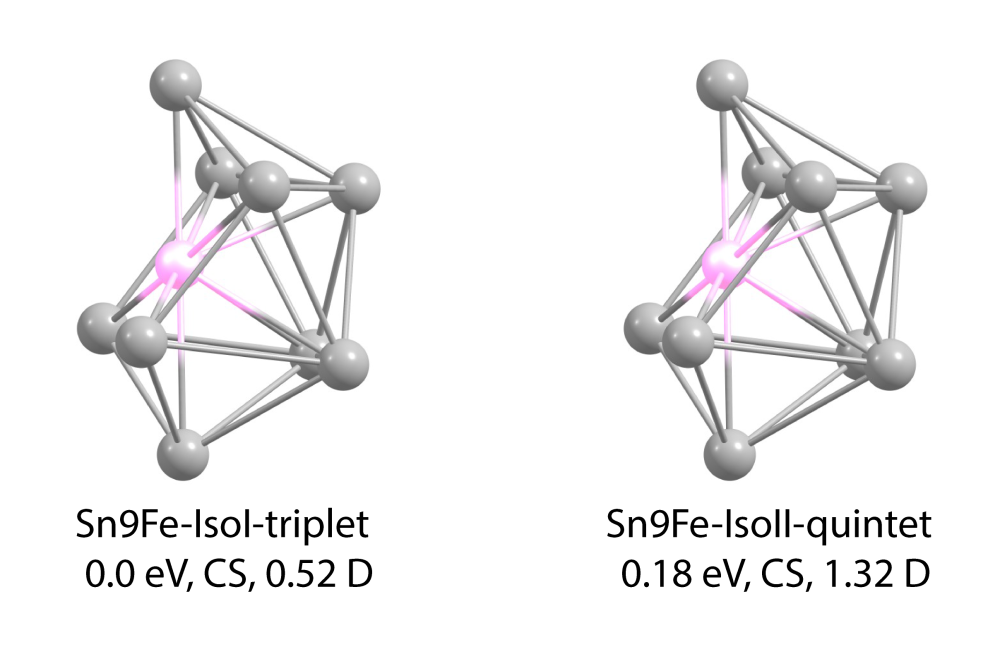
In the framework of the Collaborative Research Center (CRC 1487), iron is studied as a substitute for rare-earth metals ...
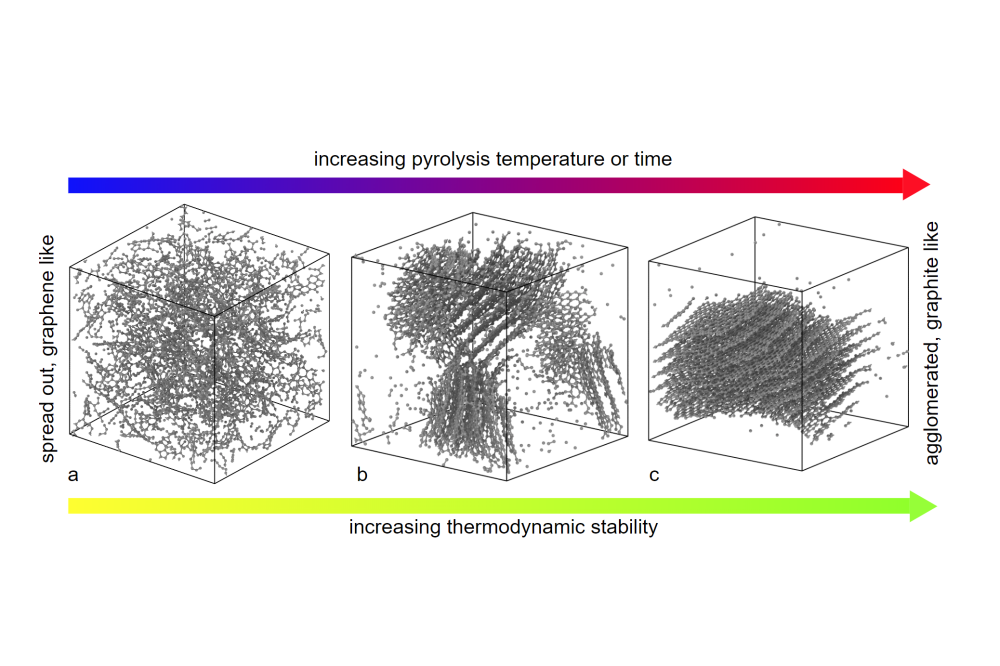
The simulation of materials on the atomistic scale requires a description of interatomic interactions. Quantum ...
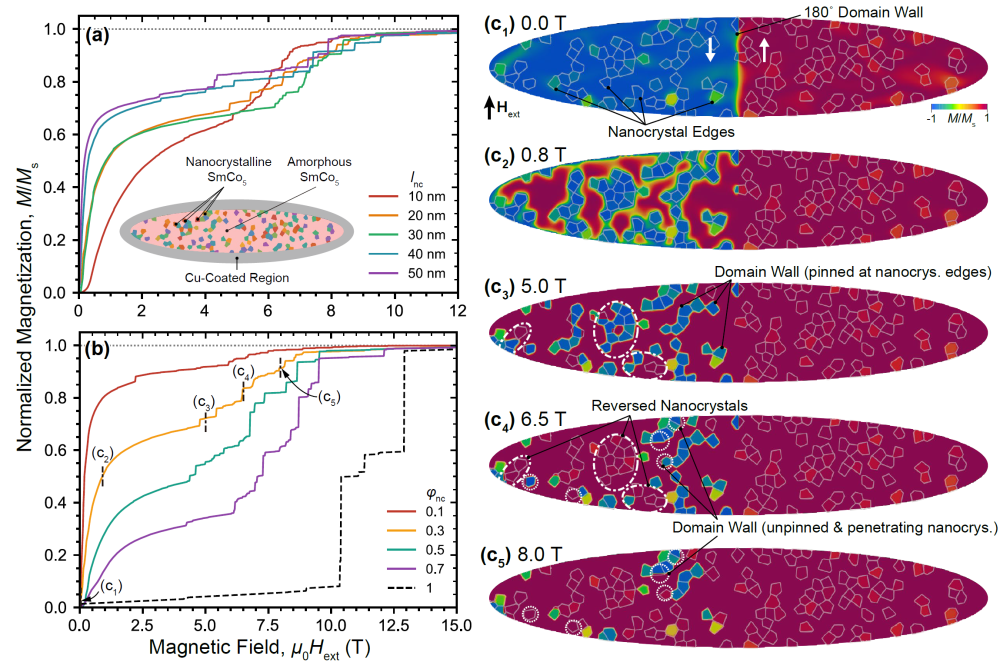

Along with technological advancements, the search for better-performing functional materials is also deepening. Having ...




For transition metal doped clusters, the transition metal and the host element play a fundamental role in the physical ...
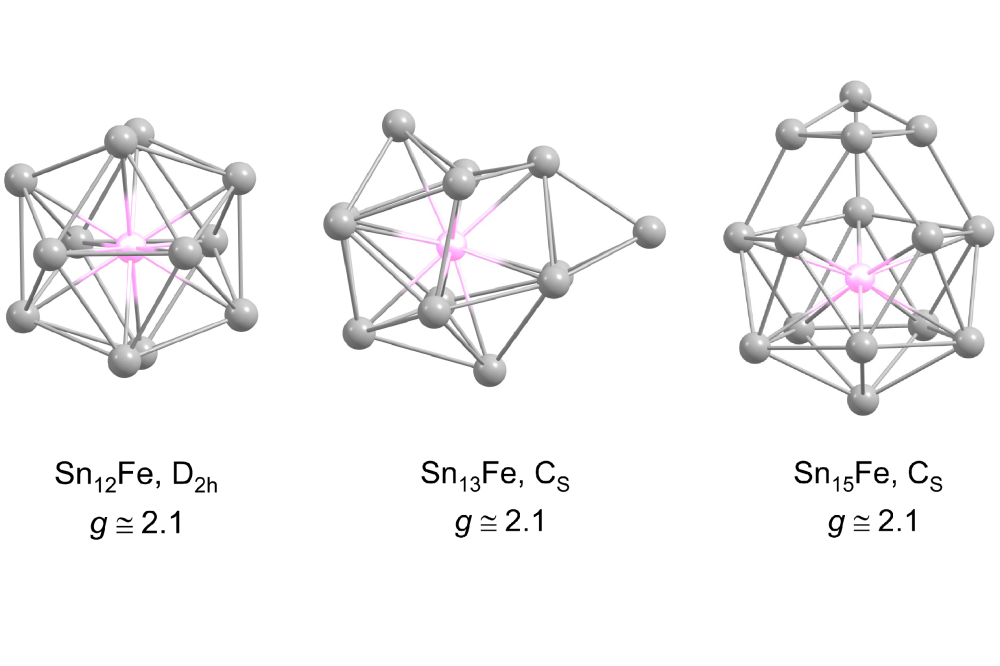
In the framework of the Collaborative Research Center (CRC 1487), iron is studied as a substitute for rare-earth metals ...
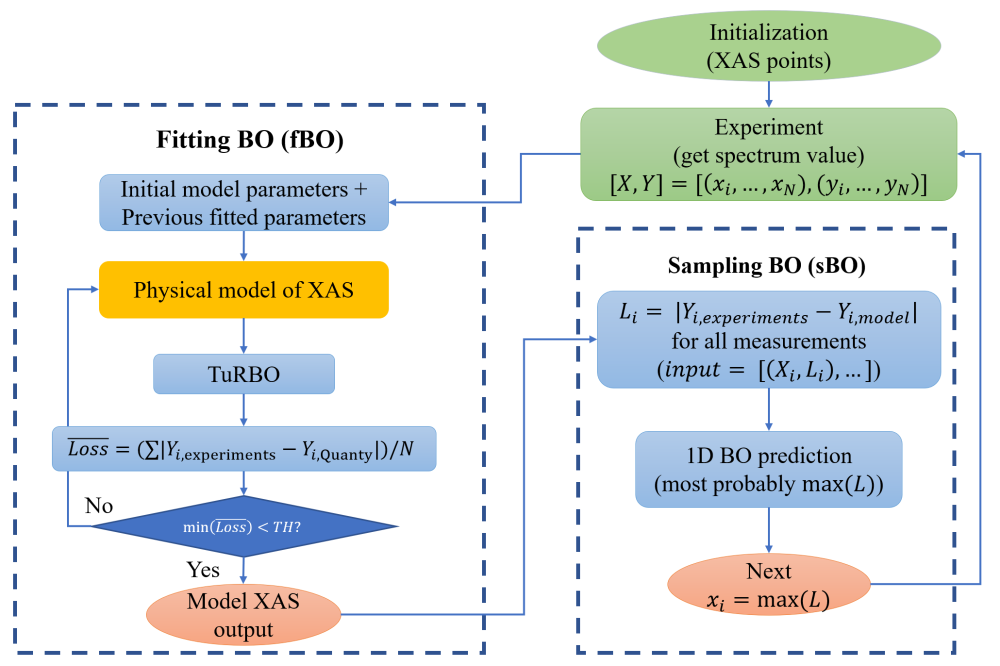
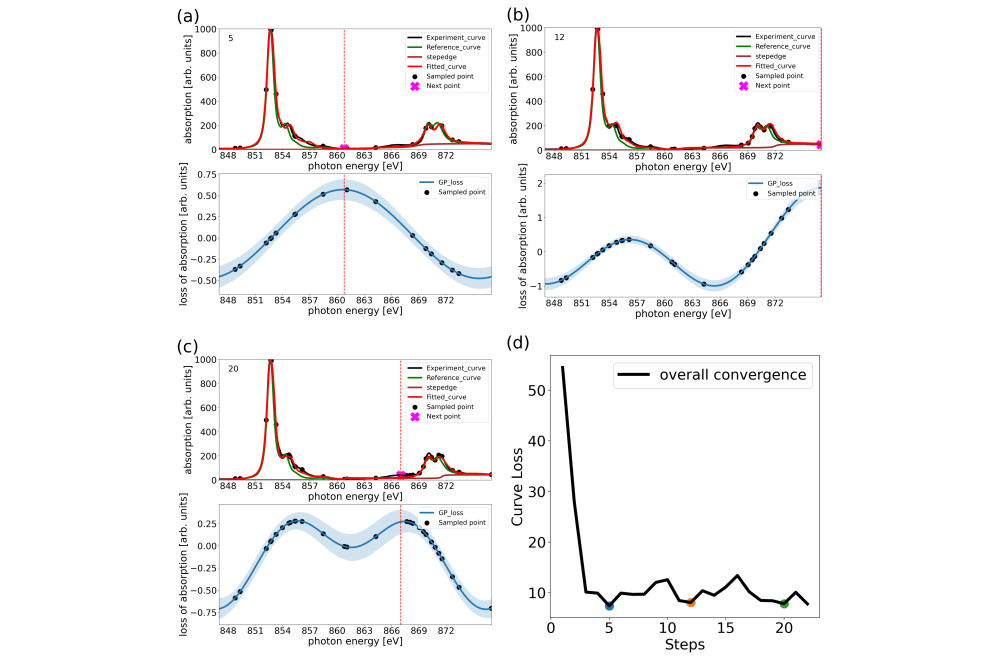
X-ray Absorption Spectroscopy (XAS) is a pivotal technique in material research, requiring numerous sampling points for ...
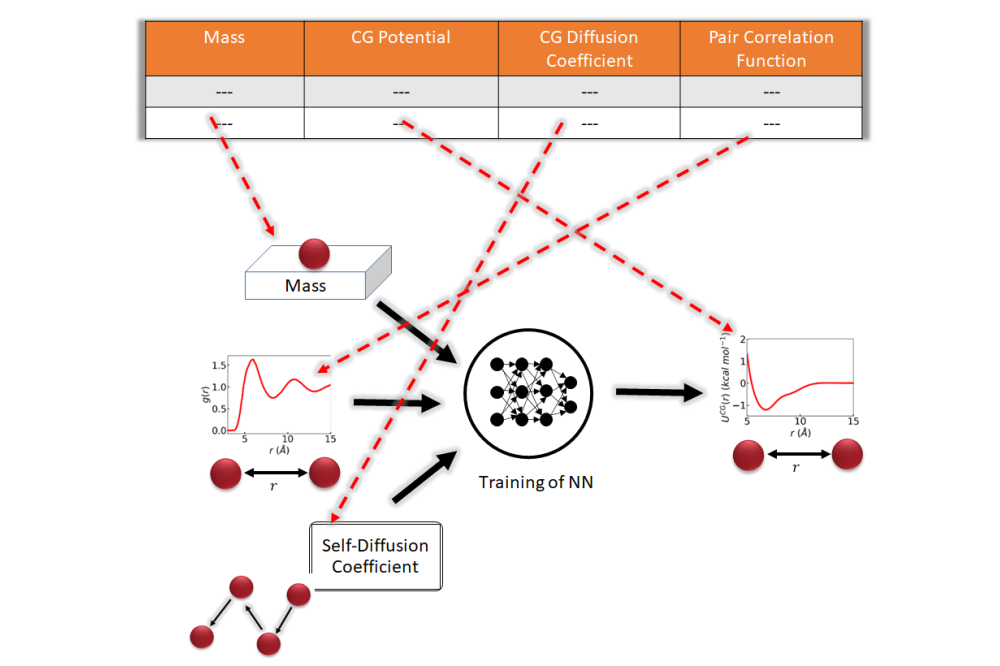
Coarse-grained molecular dynamics (MD) simulation provides a faster alternative to all-atom MD simulation, essential for ...
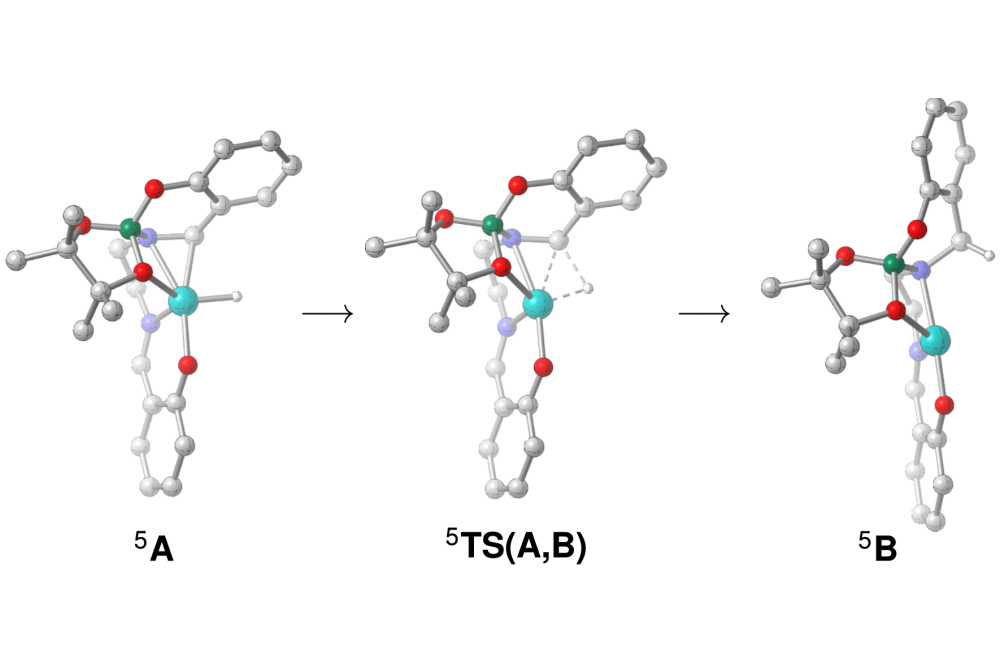
The project focuses on an iron catalysed method to prepare unprecedented chemical synthons, developed in the group of Dr ...
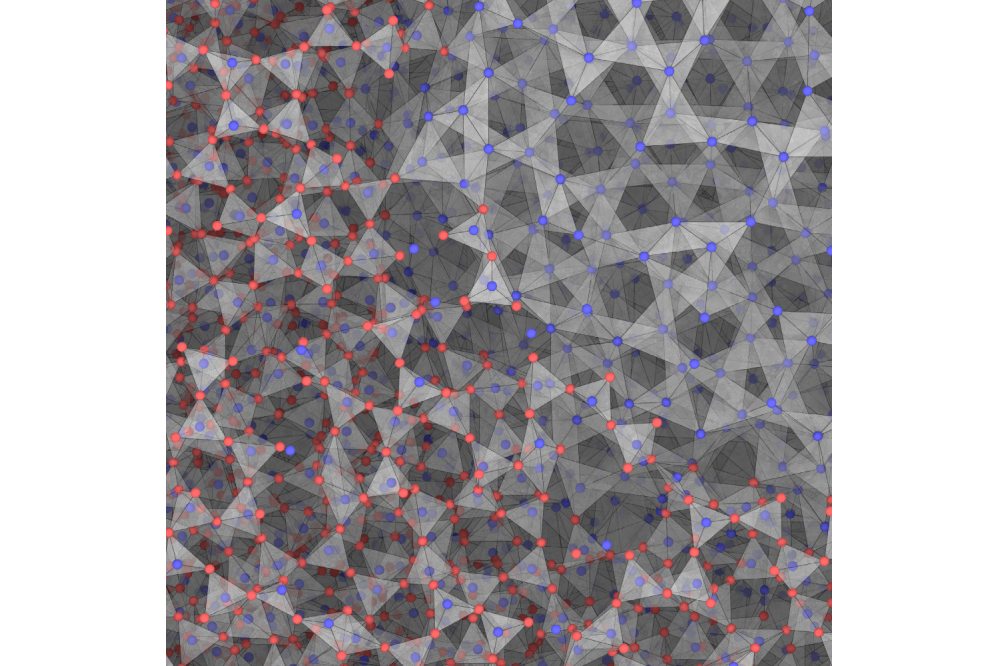
Nowadays, atomistic simulations are becoming more and more important. Due to the increasing availability of ...
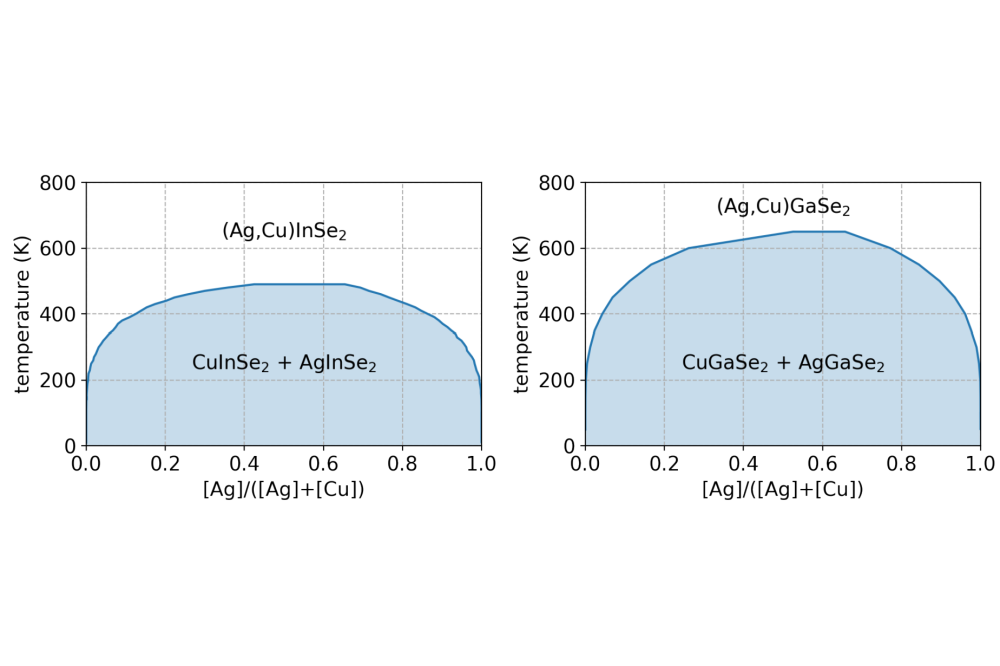
The compound semiconductor system Cu(In, Ga)(S, Se)2 (short: CIGS) forms the basis for the currently most efficient thin ...

Protein stability in the complex solution environment of the living cell depends on several environmental factors ...
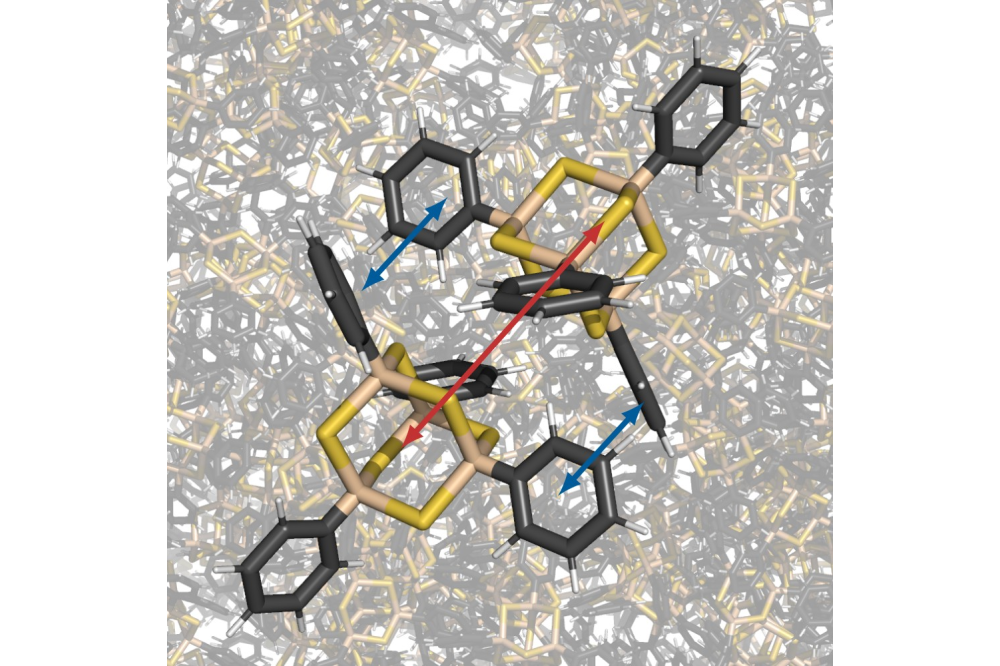
A class of cluster materials with an adamantane-like core structure (AdR4 or [(RE)4T6]; R=organic structure; E=Si, Ge ...
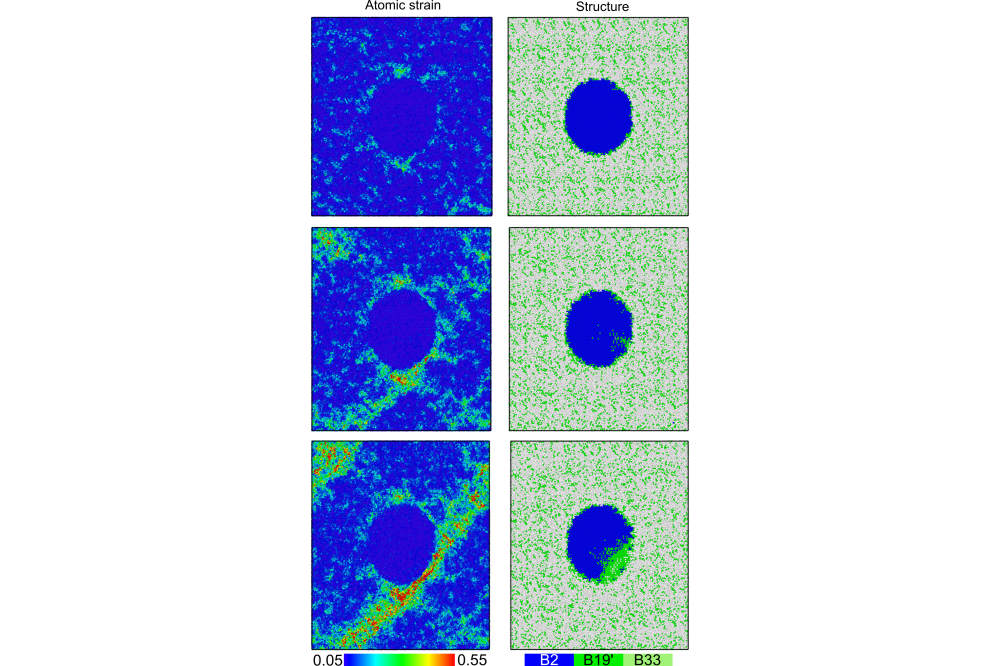
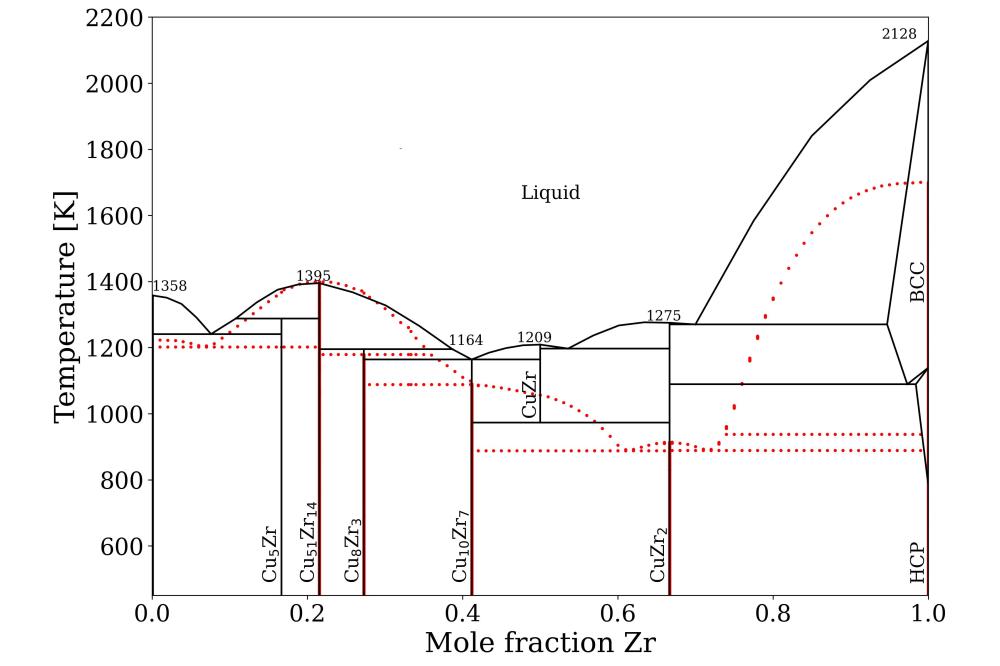
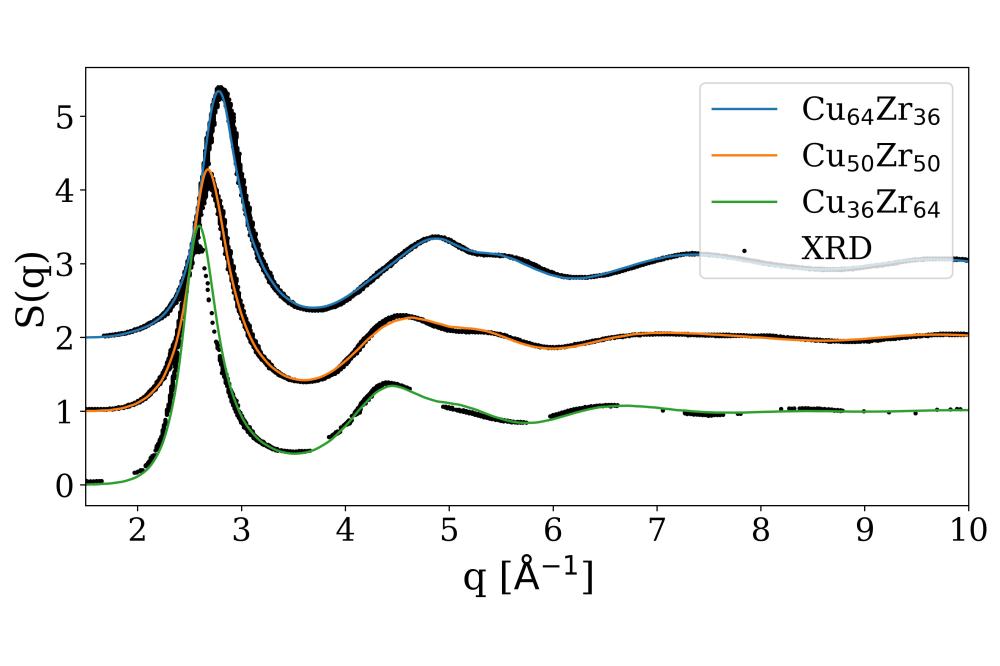
Metallic glasses (MGs) can be produced by quickly quenching alloy melts. They typically show a higher elastic limit and ...
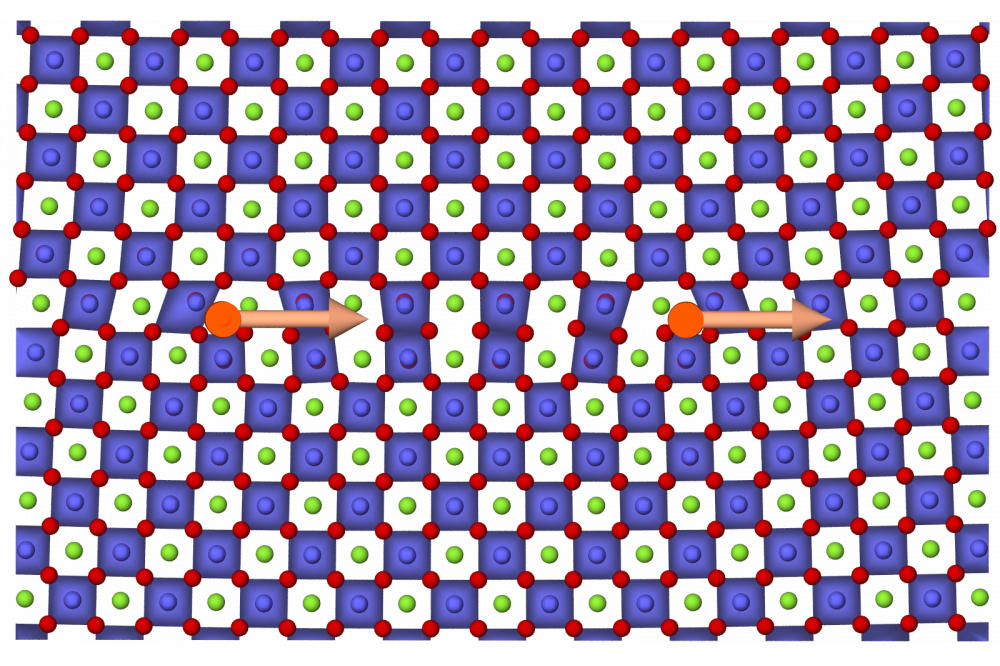
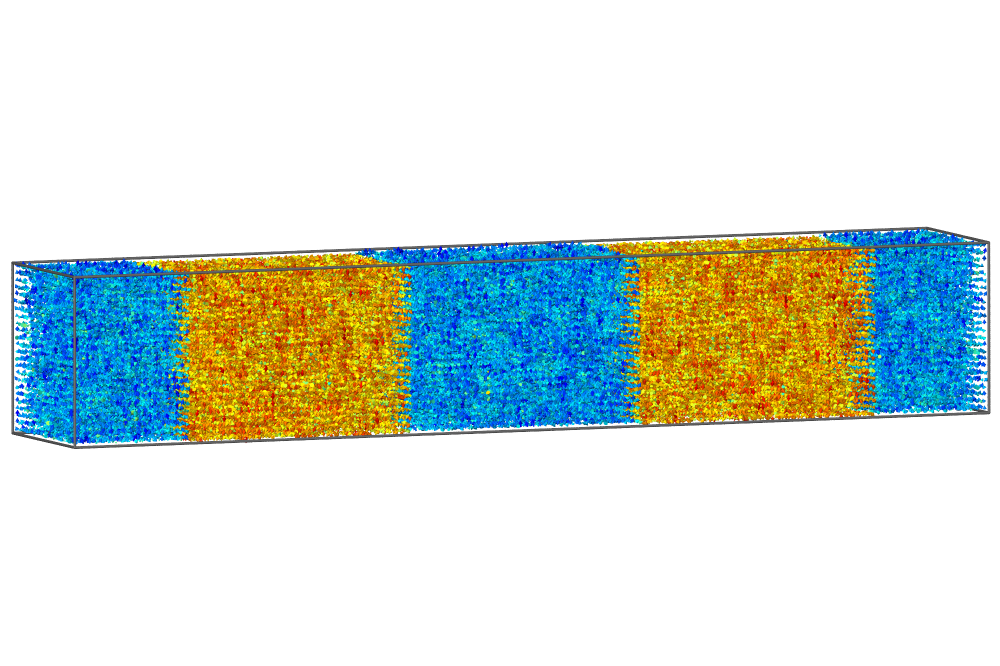
Ferroelectric ceramics with perovskite structure can be used in novel cooling applications based on the electrocaloric ...



